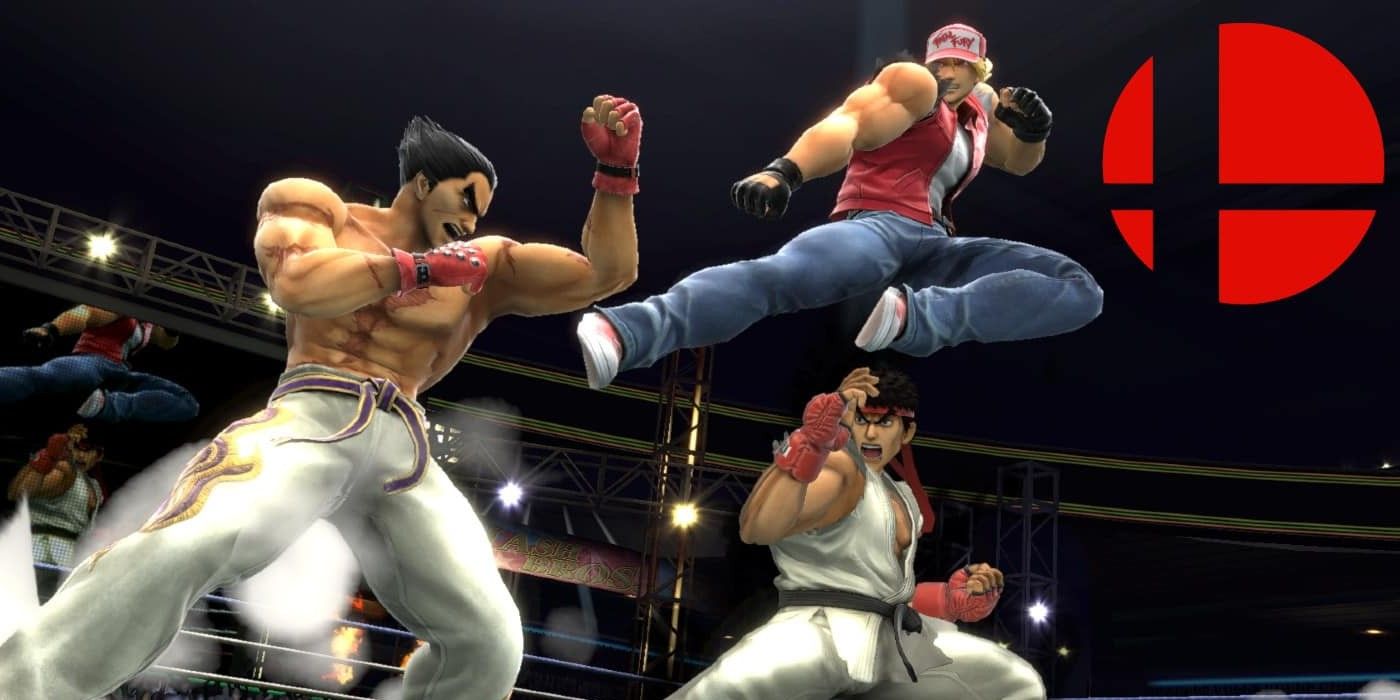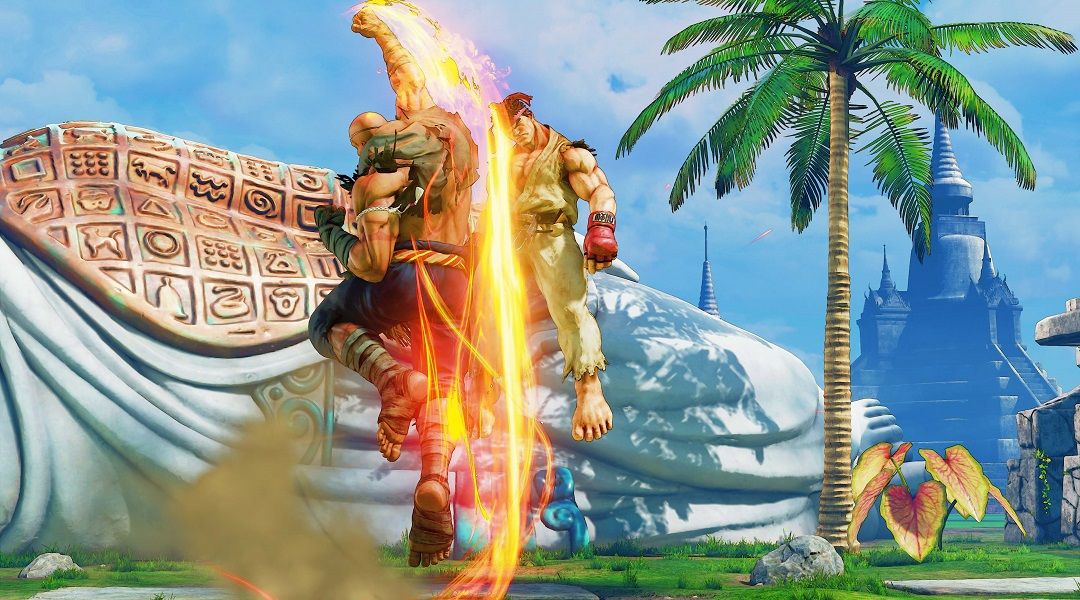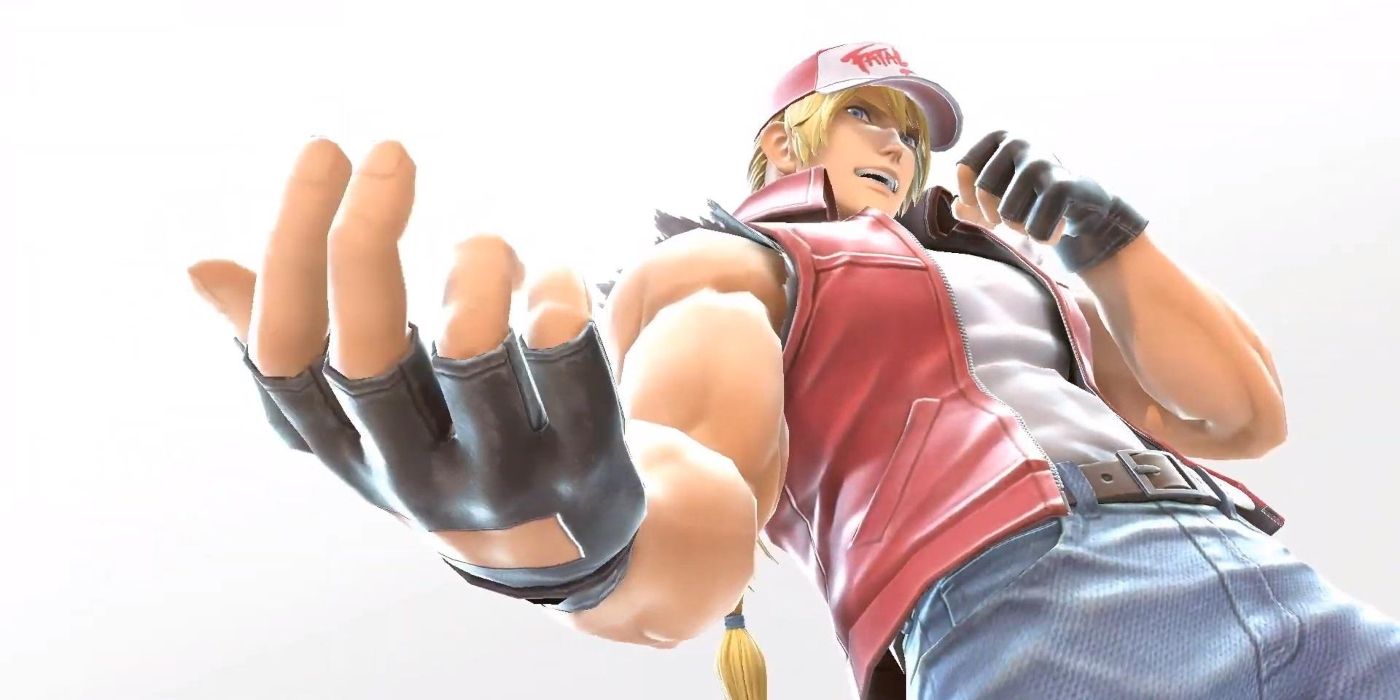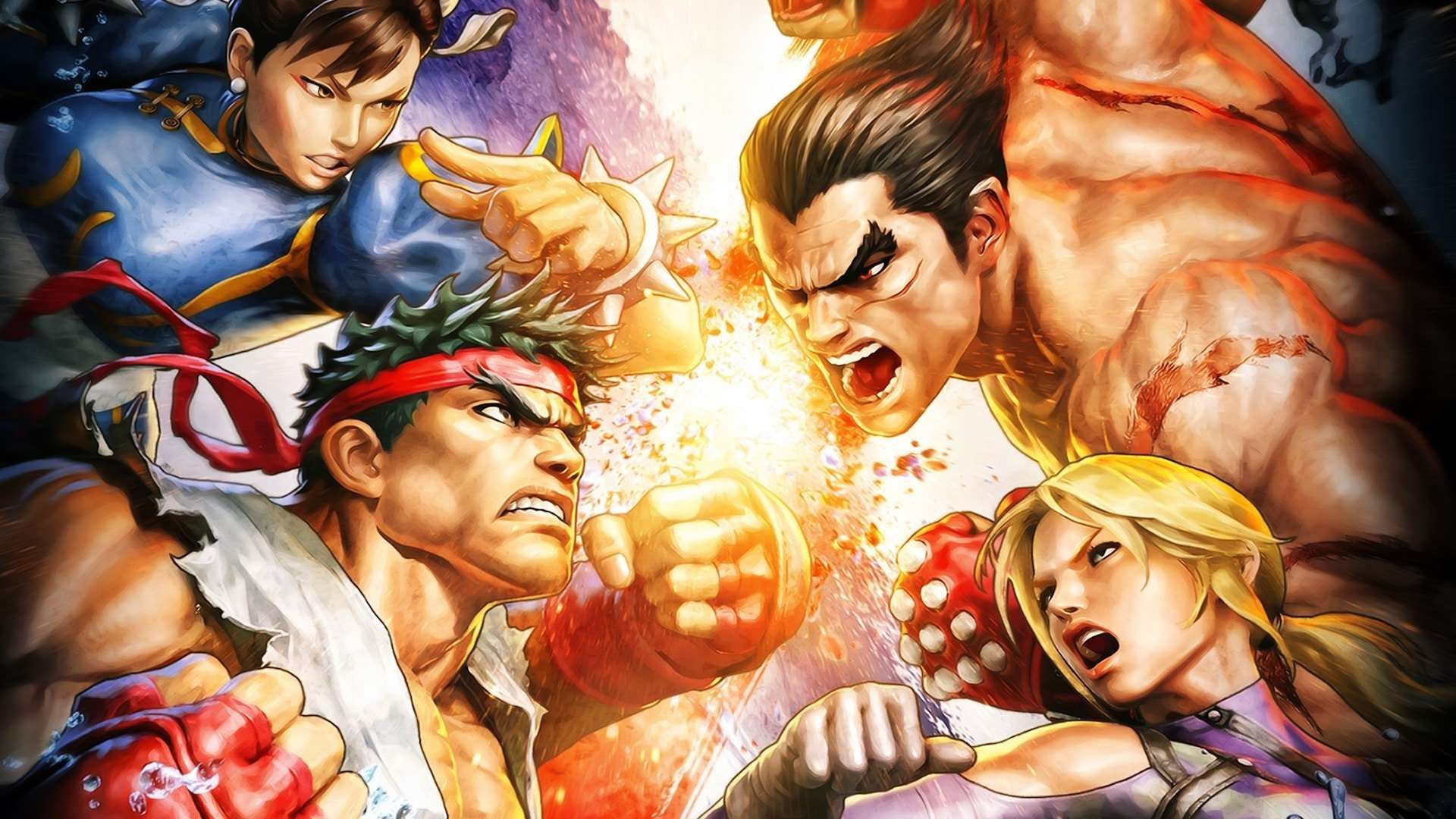
As the opener for its E3 2021 press conference, Nintendo revealed the next DLC character for Super Smash Bros. Ultimate. In a move that surprised just about everyone, Kazuya Mishima from Bandai Namco’s Tekken series is making his Super Smash Bros. Ultimate debut. This dangerous martial artist debuted as the main character of the first Tekken game in 1994. After being thrown off a mountain by his father Heihachi to test his strength, Kazuya awakened his Devil Gene and began his lifelong crusade to destroy his father. In his original arcade mode ending, he succeeded in throwing Heihachi off the same cliff — though unfortunately for them both, Heihachi survived, and their blood feud escalated to apocalyptic levels in the ensuing years.
This was cutely referenced in Kazuya’s Smash trailer, and his full gameplay reveal on June 28 promises to reveal plenty of other nods to the fighter’s storied history. It only makes sense to, as Kazuya belongs to Bandai Namco, who is supplying most of the staff to make Smash Ultimate in the first place. The community has had a generally positive response to Kazuya’s addition, even if nobody had predicted his arrival ahead of the likes of Crash Bandicoot and Master Chief.
The presence of another fighting game lead has caused a bit of a stir in the community, however. Aside from the ever-present cries of wasted slots, Smash fans aren’t really sure what archetype to refer to when talking about Kazuya, and traditional fighting game community members have begun to argue with them that “shoto” isn’t the right term.
RELATED: Super Smash Bros. Ultimate Has Almost all of Fighting Game Royalty After Kazuya

To solve this problem, it’s vital to understand what a shoto is first. The term originated from Shotokan karate, a real martial art that originated in Okinawa, Japan, and is credited with popularizing “karate do.” While it suffers against other fighting styles, it is easy to learn and suffices as a self-defense tool and exercise routine for the average person. Ryu and Ken, the protagonists of the original Street Fighter, don’t actually practice this martial art, but instead use a fictional nameless martial art style rooted in Ansatsuken, or “Assassin’s Fist.” Due to a mistranslation by Capcom USA a long time ago, shoto, or “shotoclone,” has become the term to use when talking about any character that plays like Ken and Ryu.
This specific shoto style is fairly well-defined, although it doesn’t take much to deviate from it. The general consensus amongst the FGC is that a shoto is an archetype often used by easy-to-pick-up protagonists, and describes characters that have a fireball, a shoryuken/jumping uppercut, and a tatsu/forward-moving spinning kick. Ryu, Ken, and Akuma are the quintessential shotos that appear in virtually every Street Fighter title, and the subtle variations in their moves make a big difference in how they play. Further variations enter ambiguous territory, as while characters like Sagat, Sakura, and Dan are agreed to be akin to shotos, there have been many arguments over the years as to whether they can truly just be called shotoclones, or something else.
RELATED: It's Time to Accept Doom Guy is Never Coming to Super Smash Bros. Ultimate

That brings the discussion to Super Smash Bros. Ultimate. Due to creator Masahiro Sakurai’s stated love of fighting games while growing up, the series has definitely contained some references to the old archetype, but never really had a traditional example before Ryu himself came along in the fourth Smash iteration. Mario and Luigi both started their Smash careers with special moves based on the pattern of fireball, uppercut, and a spinning attack that can be used in the air. This made them somewhat like shotos, but due to the specific properties of these moves, alongside their different functionality in a Smash context, the archetype comparison was left by the wayside. The brothers went on to distance themselves from both the archetype and each other with new special moves in later installments.
As of Super Smash Bros. Ultimate’s current patch, there are now three traditional shotos, at least by a loose definition. Ryu and Ken have solidified their places in the base roster, with Ken taking point in tier lists by virtue of his better offensive abilities. Terry Bogard was introduced as part of the first Fighters Pass, and it was his addition that codified the shoto archetype in Smash players’ minds. Terry is a non-traditional shoto, hailing from the King of Fighters franchise where those are as plentiful as in Street Fighter itself.
Terry has a fireball, uppercut, and forward-travelling attack, but once again they aren’t quite the Ryu/Ken standard. Most notably, Terry’s uppercut is a completely vertical attack with a charge input instead of a slightly horizontal jump with a Z-input. It takes a very direct approach to the archetype, like Jago from Killer Instinct, for a shotoclone to be universally agreed upon.

Finally, that brings the discussion to the matter of Kazuya Mishima being a shotoclone inside and out of Super Smash Bros. Fortunately, even by the loose guidelines set above, answering this question is easy. Kazuya lacks a fireball and jumping uppercut entirely, so he is not, and never was, a shoto. Only his spinning kick fits the archetype, as his long-ranged attack is a beam, not a projectile. Besides, Tekken is an extremely ground-focused fighting game, so Kazuya never had much use for an invincible anti-air uppercut like Ryu and Terry did.
The issue of what to call Kazuya’s archetype in a Smash context is still a tough one, given that the fictional Mishima fighting style is unique to Tekken’s Mishima family, certain other Tekken characters, and the Pokken rendition of Pikachu. However, one final wrinkle is in the mix: on top of the general Mishima style, Kazuya has also worked Shotokan karate into his repertoire. In a confusing twist no one could have expected, Kazuya turned out to be more of a shoto than the codifiers of the term themselves.
With that in mind, there’s not really a problem with Smash fans grouping Ryu, Ken, Terry, and Kazuya together as shotos just to mark them as traditional fighting game characters in a platform fighter context. There will still be arguments with the larger FGC about the term’s use, but people have been arguing over the definition of a shoto for decades anyways, so it won’t be anything new.
Super Smash Bros. Ultimate is out now, exclusively for the Nintendo Switch.
MORE: Super Smash Bros. Ultimate: Everything You Need to Know about the Kazuya Reveal Event

